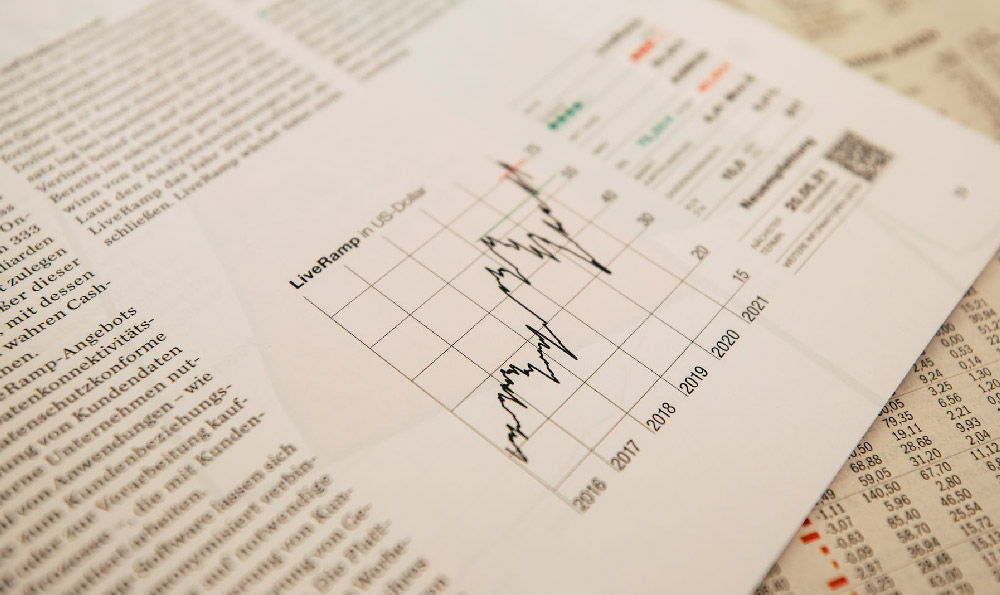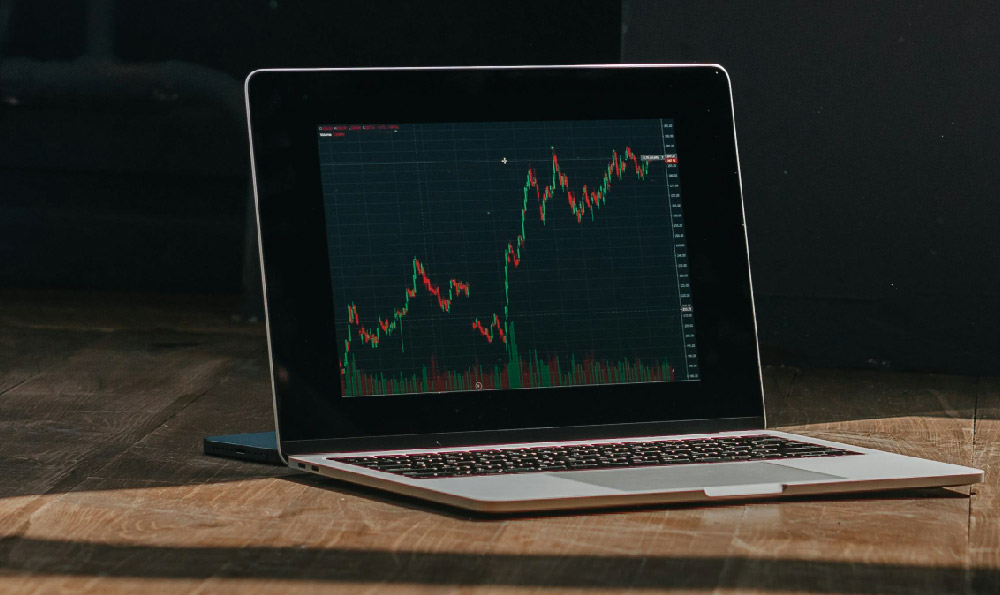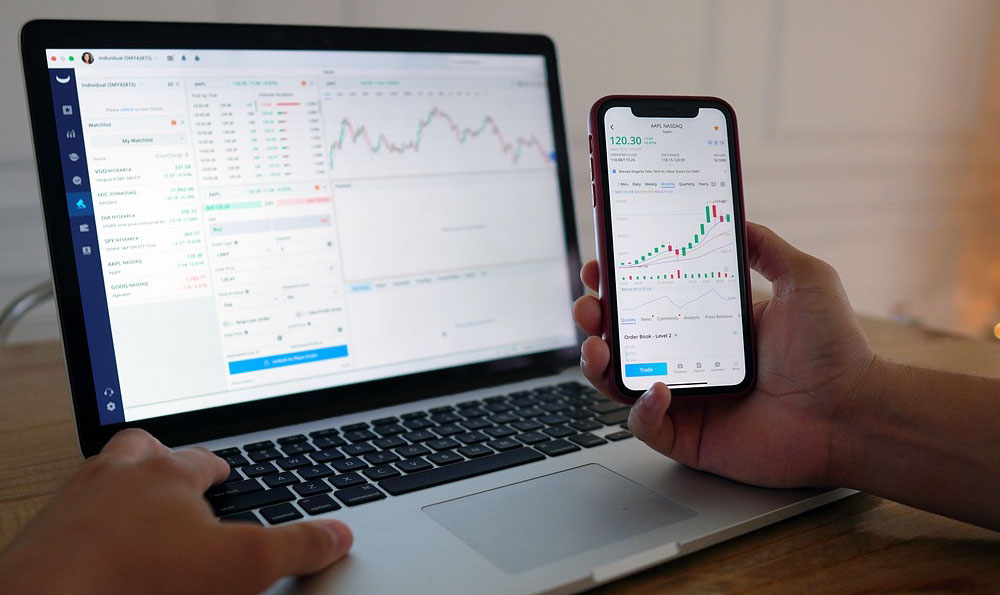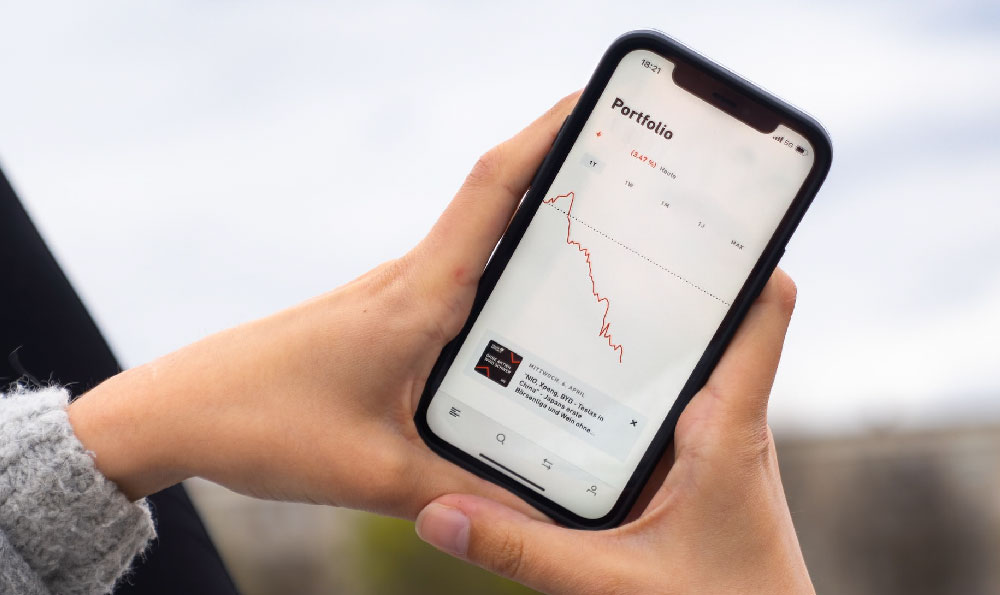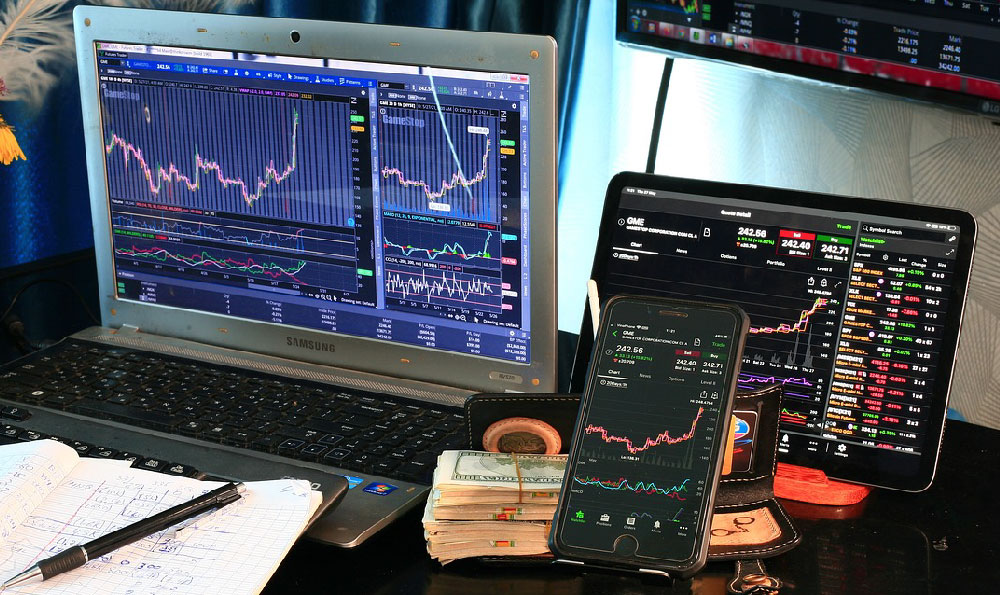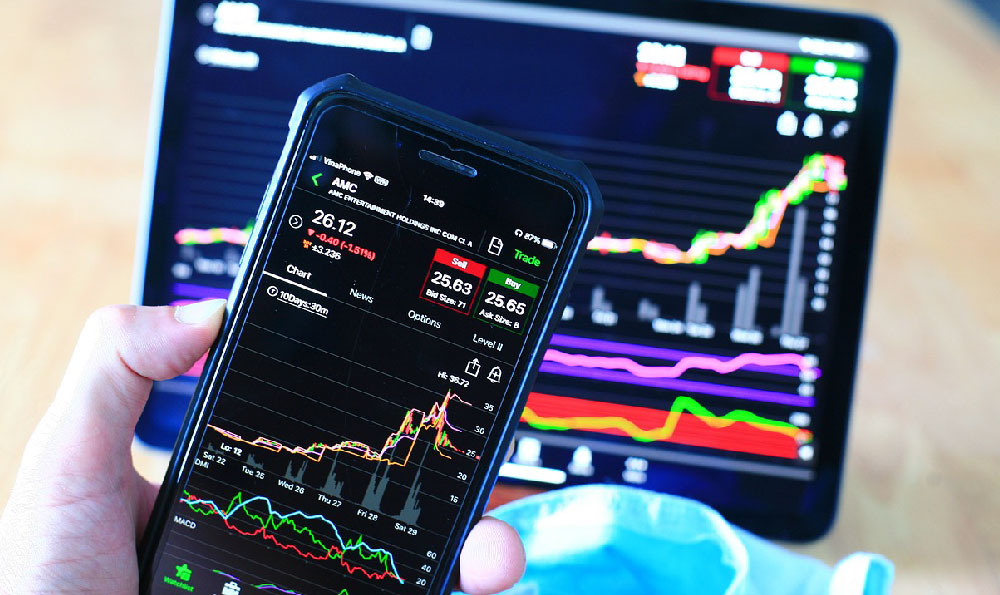Binance Margin Trading: A Comprehensive Guide to Requirements and Strategies
Margin trading, a powerful tool in the arsenal of experienced cryptocurrency traders, allows users to amplify their trading positions by borrowing funds. Binance, a leading cryptocurrency exchange, offers margin trading services, enabling traders to potentially increase their profits (and losses) significantly. However, accessing and utilizing Binance margin trading requires meeting specific requirements and understanding the associated risks. This guide will delve into the requirements, offer strategies to meet them, and provide essential information for navigating Binance margin trading effectively.
Understanding Binance Margin Trading
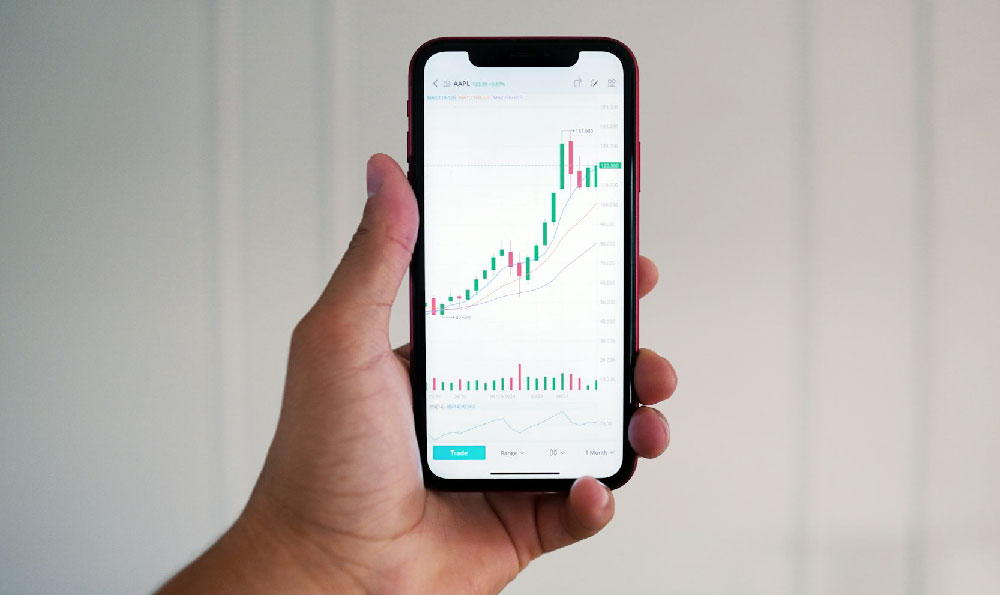
Before diving into the requirements, it's crucial to grasp the fundamentals of margin trading. Essentially, it involves borrowing funds from the exchange (Binance in this case) to trade with a larger capital base than you possess. This leverages your position, magnifying both potential profits and potential losses.
Imagine you have 1 BTC and want to trade with 3 BTC. You can borrow 2 BTC from Binance using margin trading. If the price of BTC increases, your profit is calculated on the 3 BTC, not just the 1 BTC you initially owned. Conversely, if the price decreases, your losses are also calculated on the 3 BTC. This increased risk makes margin trading suitable for experienced traders with a solid understanding of market dynamics and risk management.
Binance offers two margin trading modes: Cross Margin and Isolated Margin.
-
Cross Margin: All your available margin assets are used to prevent liquidation. This means that if one of your positions is approaching liquidation, Binance will use other assets in your margin account to maintain the position. While it can prevent immediate liquidation, it also means that a losing trade can impact your entire margin balance.
-
Isolated Margin: Each trading pair has its own isolated margin account. This limits the risk to that specific pair. If the margin balance for that pair falls below a certain level, the position is liquidated, but your other margin positions remain unaffected.
Binance Margin Trading Requirements: A Detailed Breakdown
Gaining access to Binance margin trading requires fulfilling several criteria. These requirements are in place to protect both the platform and the trader from excessive risk.
-
Binance Account Verification (KYC): Binance mandates that users complete Know Your Customer (KYC) verification before accessing margin trading. This involves providing personal information, uploading identification documents (passport, driver's license, etc.), and potentially completing a facial recognition scan. KYC verification helps Binance comply with regulations and prevents illicit activities on the platform. This is a standard procedure across most reputable cryptocurrency exchanges. Completing at least KYC level 2 is typically required.
-
Margin Trading Agreement: Before enabling margin trading, users must agree to the Binance Margin Trading Agreement. This agreement outlines the terms and conditions of margin trading, including the risks involved, the margin call process, and the liquidation procedures. Reading and understanding this agreement is crucial before proceeding. It's not just a formality; it provides essential information about your rights and responsibilities.
-
Minimum Account Balance: Binance requires a minimum account balance to participate in margin trading. This balance serves as collateral for the borrowed funds. The specific minimum balance may vary depending on the trading pair and the leverage ratio. You can find the latest requirements on the Binance website in the margin trading section. This ensures that users have sufficient funds to cover potential losses.
-
Risk Assessment Questionnaire: Binance often requires users to complete a risk assessment questionnaire before enabling margin trading. This questionnaire assesses your understanding of margin trading and your risk tolerance. The results of the questionnaire may influence your access to higher leverage ratios. This helps Binance gauge your understanding of the risks involved and tailor its services accordingly.
-
Understanding Leverage: Leverage is a double-edged sword. While it can amplify profits, it can also magnify losses. Binance offers varying leverage ratios depending on the trading pair. Understanding the implications of each leverage level is crucial. Higher leverage means higher risk.
Strategies to Meet Binance Margin Trading Requirements
Meeting the Binance margin trading requirements is not always straightforward. Here are some strategies to help you qualify:
-
Complete KYC Verification Promptly: Gather all necessary documents and complete the KYC verification process as soon as possible. This is often the most time-consuming requirement. Make sure the documents you provide are clear, valid, and match the information you entered on the Binance website.
-
Accumulate Sufficient Funds: Ensure that your Binance account holds the minimum required balance for margin trading. Start by depositing the required amount and familiarize yourself with the platform before engaging in any trades. Monitor your balance regularly and ensure it stays above the minimum threshold.
-
Thoroughly Review and Understand the Margin Trading Agreement: Take the time to read and comprehend the Binance Margin Trading Agreement. Pay attention to the risks involved, the margin call process, and the liquidation procedures. Contact Binance support if you have any questions or need clarification.
-
Answer the Risk Assessment Questionnaire Honestly: Answer the risk assessment questionnaire truthfully and accurately. This will help Binance assess your understanding of margin trading and provide you with appropriate leverage options. If you are unsure about any of the questions, research the topic further before answering.
-
Start with Lower Leverage: If you are new to margin trading, start with lower leverage ratios to minimize your risk. As you gain experience and confidence, you can gradually increase your leverage. Remember that higher leverage means higher risk.
Essential Tips for Binance Margin Trading
Once you meet the requirements and access Binance margin trading, keep these tips in mind:
-
Develop a Solid Trading Strategy: Don't trade blindly. Develop a well-defined trading strategy based on technical analysis, fundamental analysis, or a combination of both. A well-defined strategy will help you make informed trading decisions and manage your risk effectively.
-
Use Stop-Loss Orders: Stop-loss orders are essential for managing risk in margin trading. They automatically close your position if the price reaches a certain level, limiting your potential losses. Set stop-loss orders based on your risk tolerance and trading strategy.
-
Monitor Your Positions Regularly: Keep a close eye on your margin positions. Market conditions can change rapidly, and you need to be prepared to adjust your positions as needed. Use Binance's charting tools and alerts to stay informed about market movements.
-
Manage Your Margin Ratio: Your margin ratio is the ratio of your equity to your borrowed funds. It's a critical indicator of your risk exposure. Monitor your margin ratio closely and ensure it stays above the minimum requirement. If your margin ratio falls below the minimum, you may receive a margin call or your position may be liquidated.
-
Don't Over-Leverage: Avoid using excessive leverage, especially when you are new to margin trading. While leverage can amplify profits, it can also magnify losses. Start with lower leverage and gradually increase it as you gain experience and confidence.
-
Stay Informed: Stay up-to-date on market news and trends. Cryptocurrency markets are volatile, and keeping abreast of current events can help you make informed trading decisions.
Binance margin trading can be a powerful tool for experienced traders, but it comes with significant risks. By understanding the requirements, developing a solid trading strategy, and practicing responsible risk management, you can increase your chances of success in the world of margin trading. Always remember to trade responsibly and never invest more than you can afford to lose.


